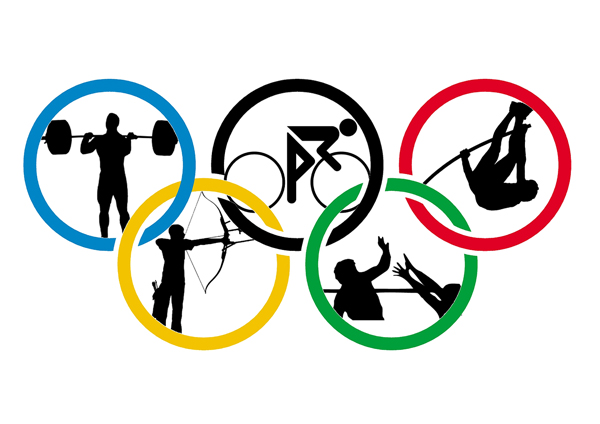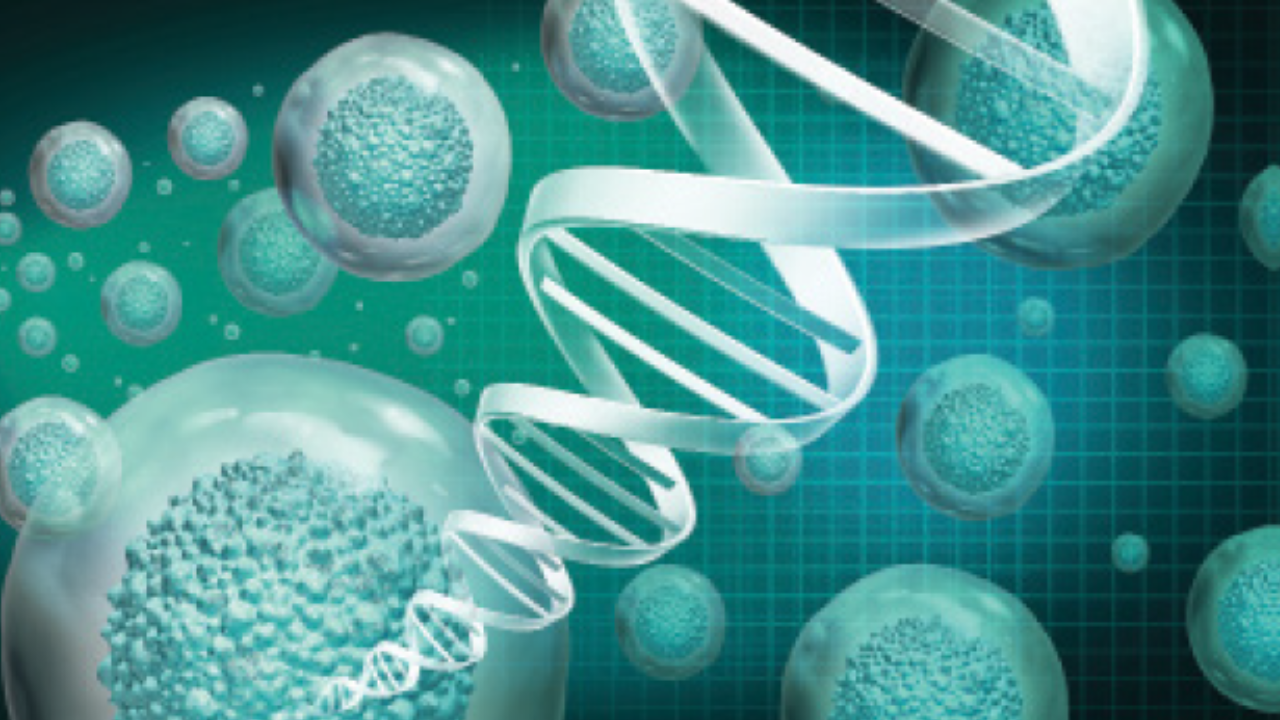At the 1968 Summer Olympics in Mexico City, a Swedish athlete by the name of Hans-Gunnar Liljenwall became the first athlete to test positive for a somewhat unlikely performance-enhancing drug: alcohol. Since then, doping tests have become increasingly more complex in an effort to keep up with the growing list of prohibited substances used as performance-enhancers by professional athletes.
The pharmaceutical industry has been largely supportive of the Olympic authorities’ efforts to curb doping behavior among athletes. Major pharmaceutical companies including Roche, GlaxoSmithKline and Amgen, have agreed to share information about potential performance-enhancing drugs in their pipelines, which could be abused by athletes. In 2009, Japanese drugmaker Otsuka Pharmaceuticals announced their support for the Sports Pharmacist project, an initiative meant to encourage these professionals to prevent athletes from intentional doping.
At this year’s 2016 Olympic Games in Rio, athletes faced a battery of doping tests aimed at detecting banned substances such as anabolic steroids, which are used to improve strength and endurance, all the way to blood doping, which increases the number of red blood cells thereby increasing oxygen transport and endurance. In light of recent advancements made in the fields of gene therapy and gene editing, officials have now developed a new test to detect potential gene doping among athletes.
Retroactive Detection Of Doping
While the athletes weren’t tested for gene doping during the games in Rio, samples collected from each participant will be analyzed after the closing ceremonies. Retroactive testing has become standard in the Olympics, with some athletes being stripped of their medals years later after tests confirm the use of prohibited substances.
Scientists recently retested fluid samples collected from athletes who competed in the 2012 Summer Olympics in London, and found that 7.14 percent of participants tested positive for banned, performance-enhancing substances. Compared to previously-conducted analyses for past games, the number of athletes found doping has increased by up to 6 percent.
Gene doping has been on the radar of the World Anti-Doping Agency (WADA) – the international organization in charge of fighting doping in sport – since early 2002. Since then, WADA has organized several meetings involving key stakeholders – including scientists, athletes, ethicists and governments – and has even established The Gene and Cell Doping Expert Group to monitor the issue.
Potential Targets For Gene Doping
Gene doping has the potential to take many difficult-to-detect forms, but officials are focusing on the detection of a single synthetic gene to start. This initial gene doping test will detect whether athletes have received gene therapy with the DNA that encodes erythropoietin (EPO). EPO is a hormone that stimulates red blood cell production, and has the potential to increase blood oxygenation and athletic performance.
According to Carl Johan Sundberg, an exercise physiologist at Karolinska Institute and member of the WADA’s gene doping panel, there is currently no evidence that any athletes are participating in gene doping. Based on the increase in the number of athletes found doping as testing methods have improved however, it’s possible that the arrival of a gene doping test could uncover a whole new way athletes are cheating.
In 2003, WADA added gene doping to its list of banned substances and procedures. In 2006, former German Athletics Association coach Thomas Springstein went on trial for attempting to procure EPO gene therapy for his athletes. While far from proving that the practice exists today, the 2006 case provides evidence that gene doping could be happening in the world of sport.
Developed by researchers at the National Measurement Institute in Sydney, Australia, the gene doping test being rolled out for the Rio Olympics tests for sequencing differences between endogenous and synthetic versions of the EPO gene. Present on chromosome 7 of the human genome, the EPO gene contains four introns which are removed after the gene is transcribed, via RNA splicing.
As gene therapy relies on reverse transcription to integrate genes into the host genome, the synthetic version of the EPO would most likely not contain those intronic sequences. If an exon-only version of the gene was found in an athlete’s blood sample using this test, they could be identified as using gene doping to enhance their performance.
Challenges For Olympic Anti-Doping Authorities
Despite WADA’s efforts to stay one step ahead of potential gene doping in athletes, their plan to test for EPO gene therapy is far from comprehensive. As there are a plethora of other genes which could potentially enhance athletic performance, authorities will need to first identify these genes and then establish a widespread method by which athletes can be screened.
Still, some say that gene therapy applied directly into muscle tissue could represent WADA’s biggest detection challenge yet. As this type of gene doping would be undetectable through blood and urine-based tests, screeners would have to rely on muscle biopsy – a practice that would be understandably controversial among athletes.
Gene editing techniques – such as CRISPR – which could allow athletes to make targeted single-letter changes in their genes, may be virtually undetectable. Even if authorities performed whole-genome sequencing on every athlete both before and after the Olympic Games, they still might not be able to determine whether a particular base change were the product of gene editing or a naturally-occurring mutation.
As if the issue of gene doping weren’t complicated enough, CRISPR could even be used for epigenome editing, a process by which modifiers outside of the DNA sequence could be altered to enhance gene activity. As our understanding of the epigenome grows, so too does the potential for its abuse in sports medicine.
The Case For Legalization
Writing in a recent article for New Scientist, reporter Michael Le Page says gene doping is an inevitability and that sporting authorities will never be able to eliminate the practice. Le Page’s advice on how to handle the issue: embrace gene doping.
While he addresses the risks associated with gene doping along with more conventional forms of performance enhancement, he says that medical supervision could allow all athletes to benefit from procedures meant to improve athletic performance, as well as overall health. Despite every effort to make the Olympics a fair and level playing field, unfair advantages – including money, resources and even natural genetic advantages – are inherent in sports.
In the event that doping is legalized, Le Page suggests that a separate category of the games could be established to include only those athletes that have undergone gene doping procedures. This too could be a solution for those few athletes who chose to forgo any enhancements, and want to complete against fellow “clean” athletes.
For now, it’s unclear as to whether WADA will penalize athletes for gene doping offenses. But as scientists make further advances in gene therapy and gene editing technologies, these practices will become more common in treating various medical conditions and diseases. It’s likely that gene doping will become a larger issue in future Olympic Games, including the next summer Olympics in Tokyo, Japan.
What is your opinion of gene doping? Should all forms of performance-enhancement be legalized? Share your thoughts in the comments section below!












Join or login to leave a comment
JOIN LOGIN